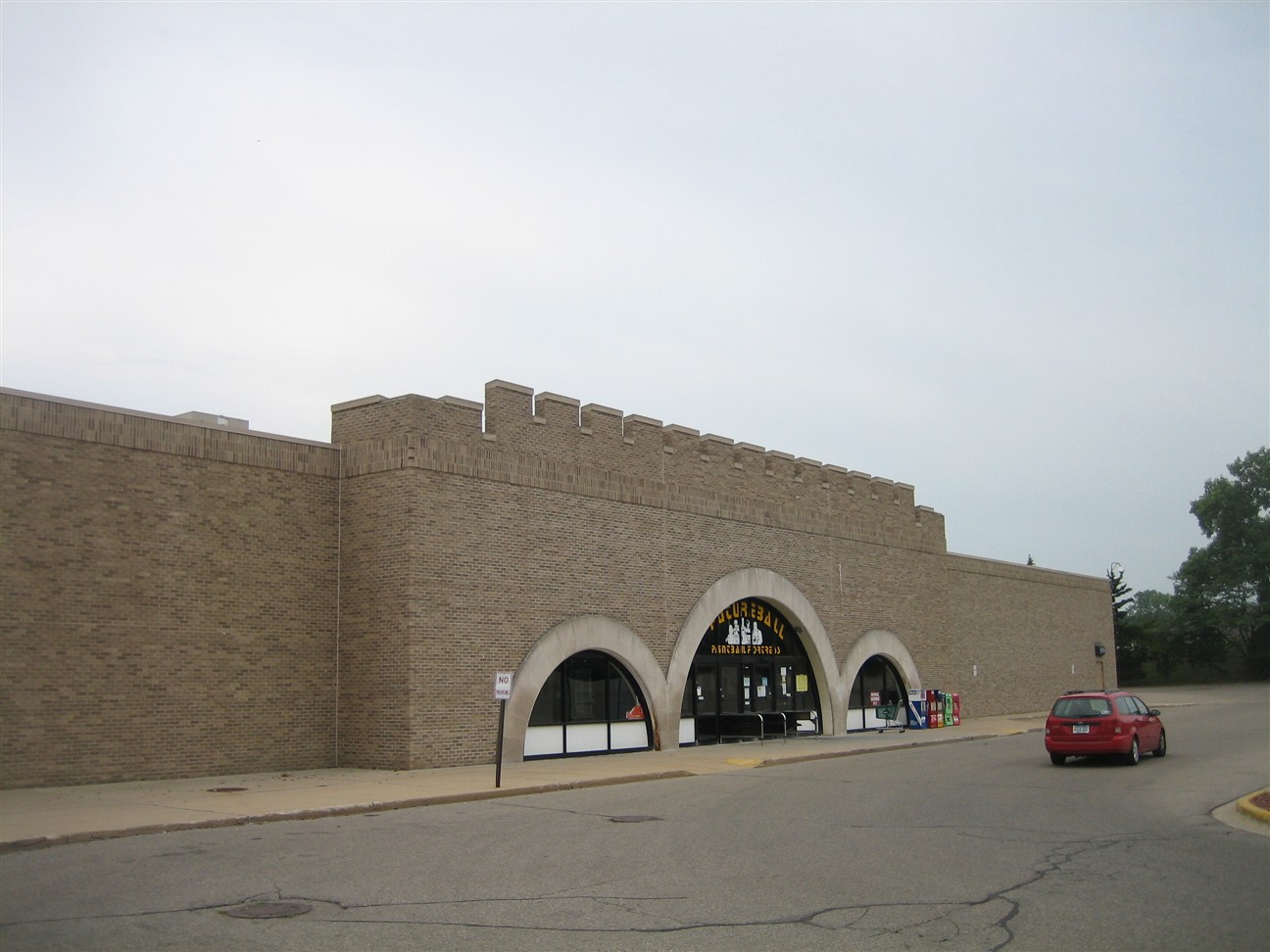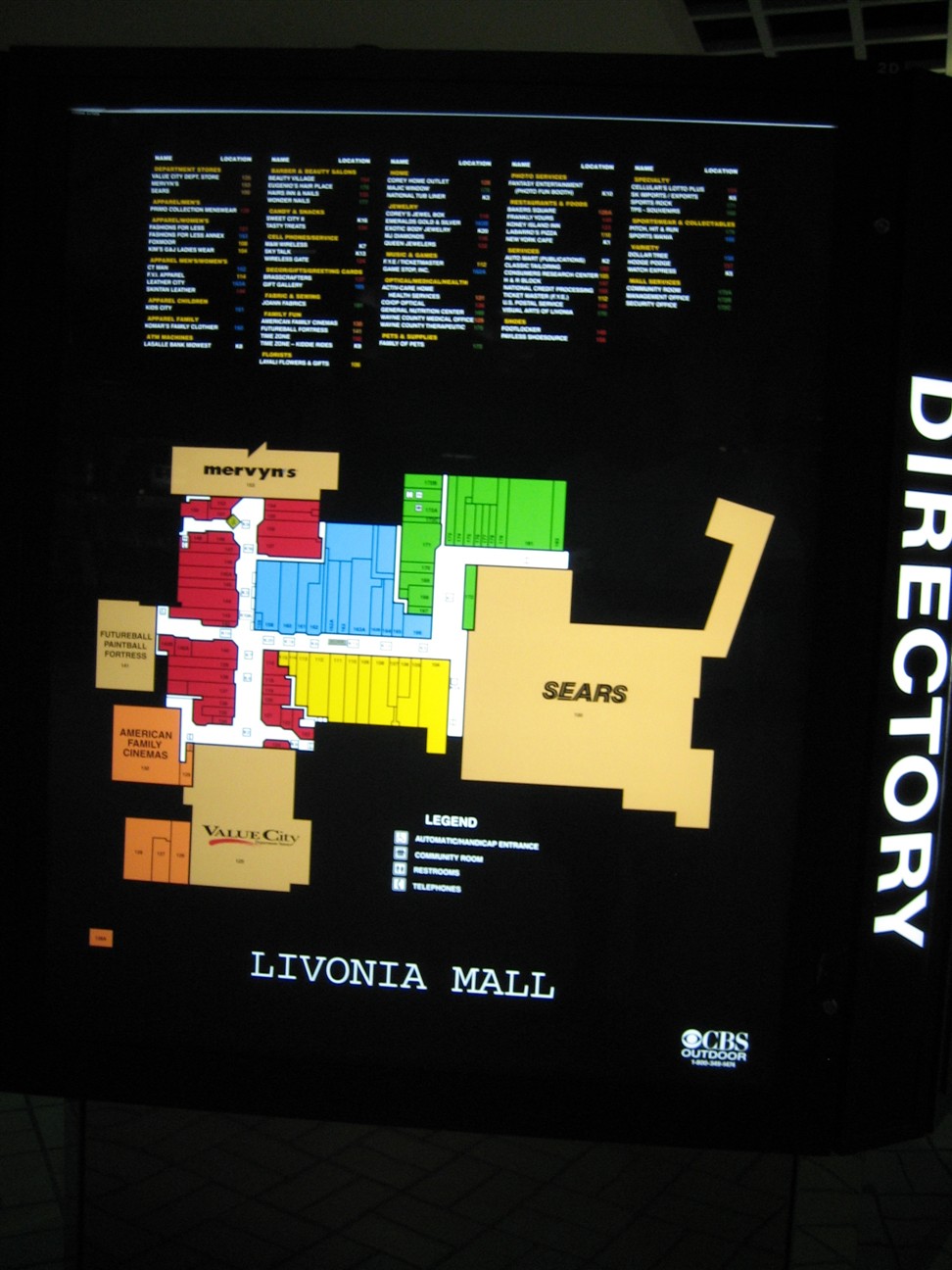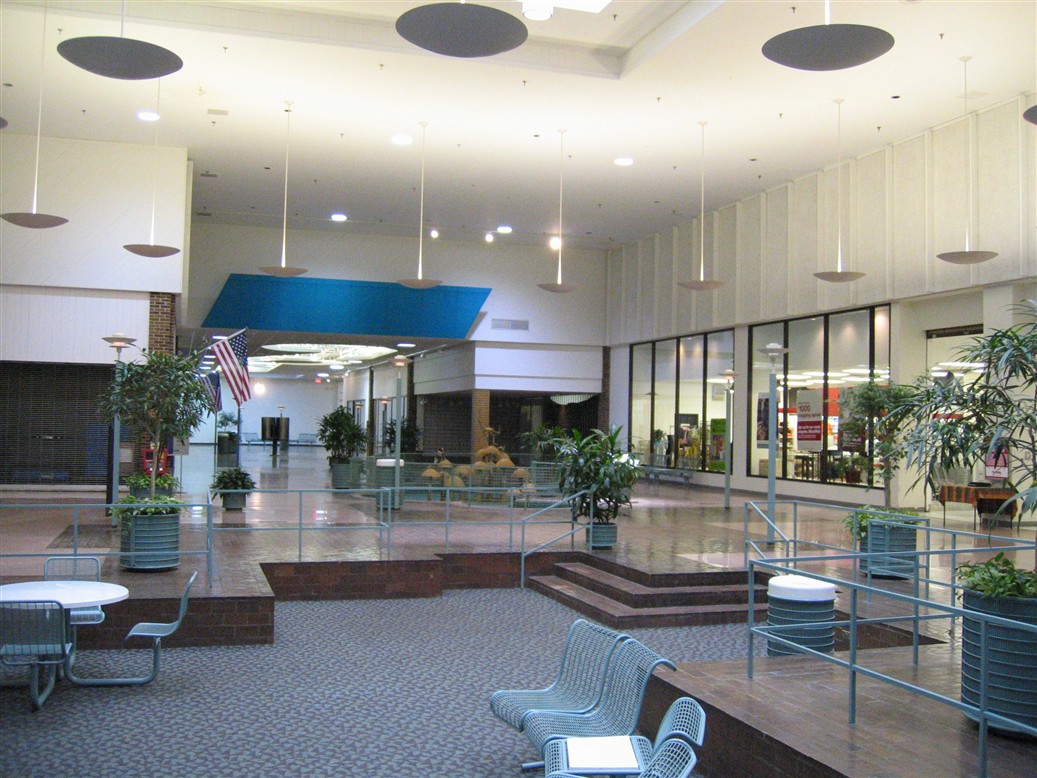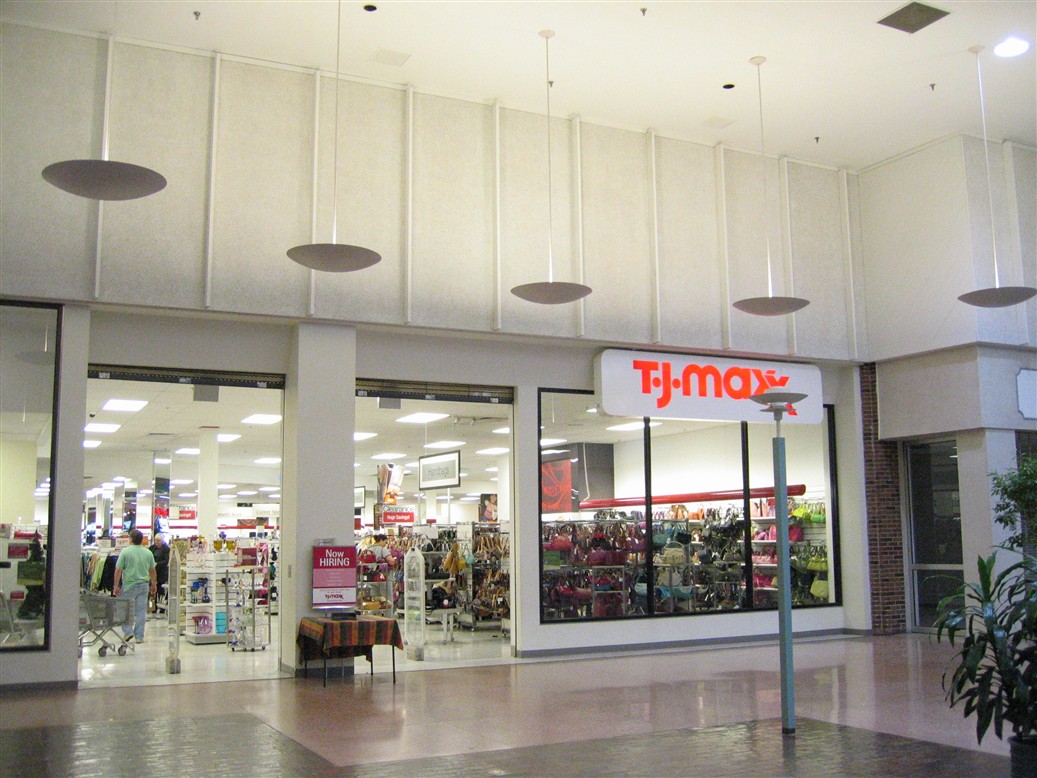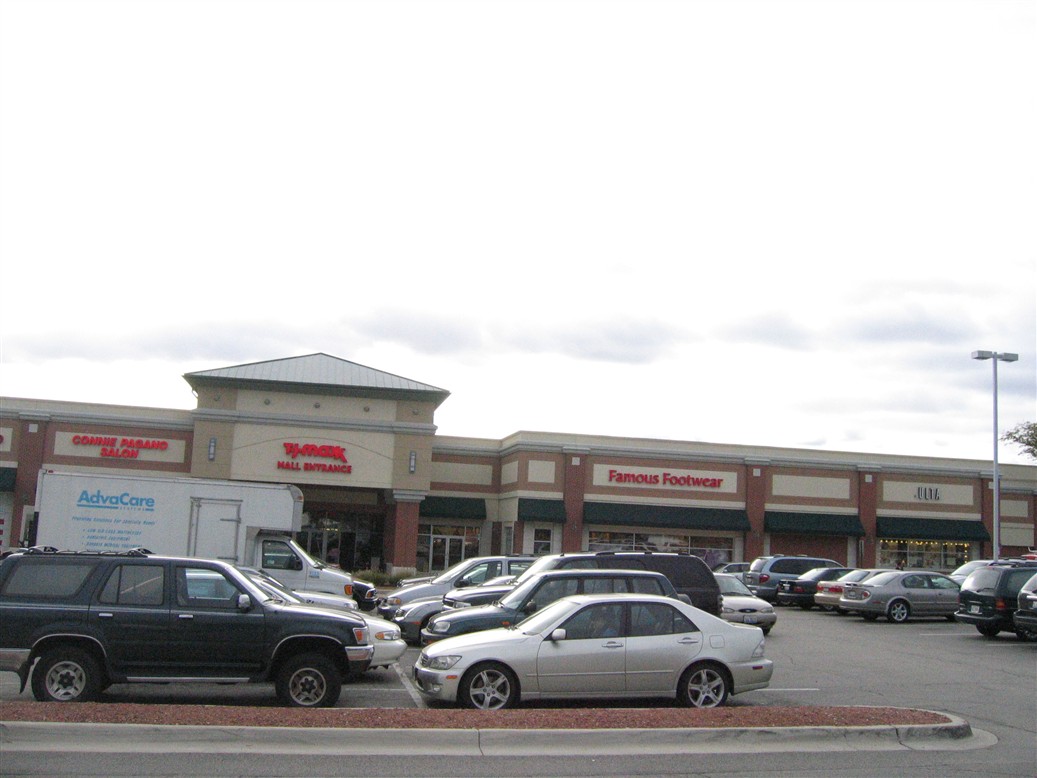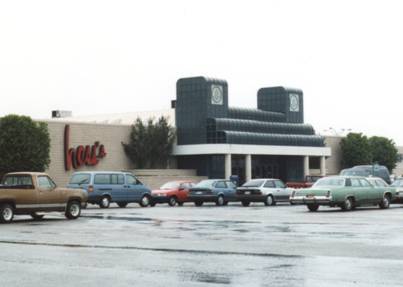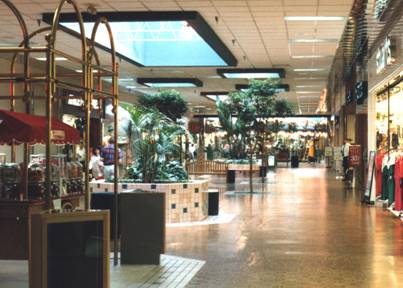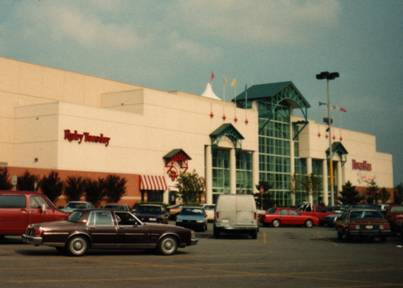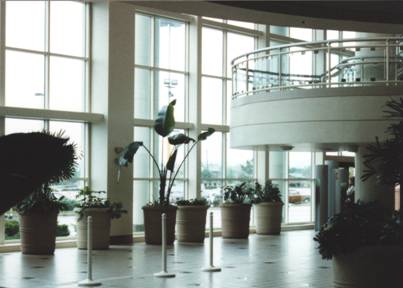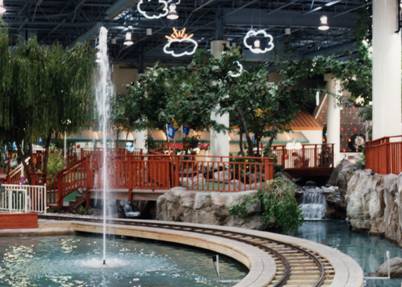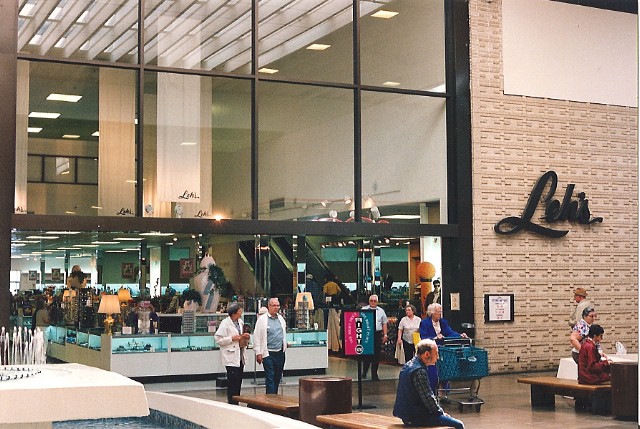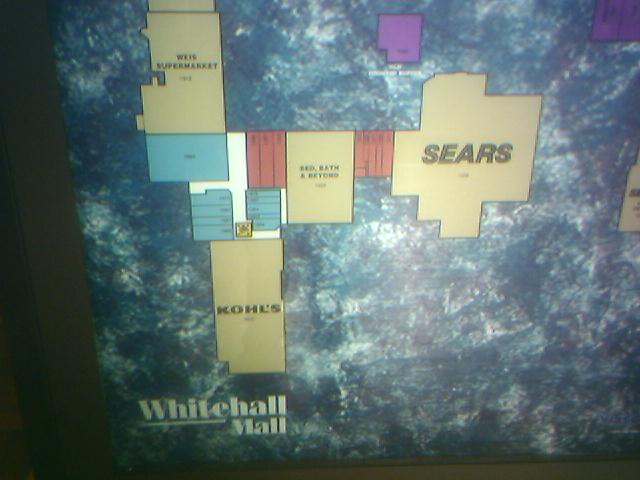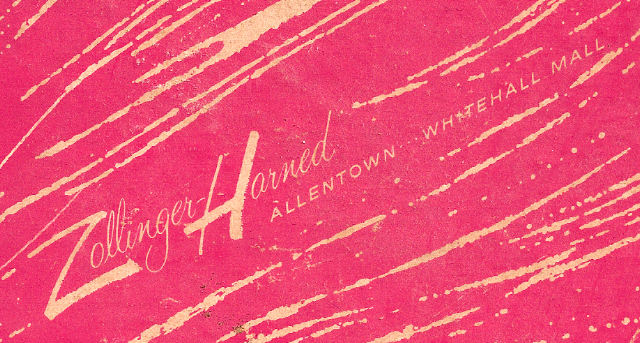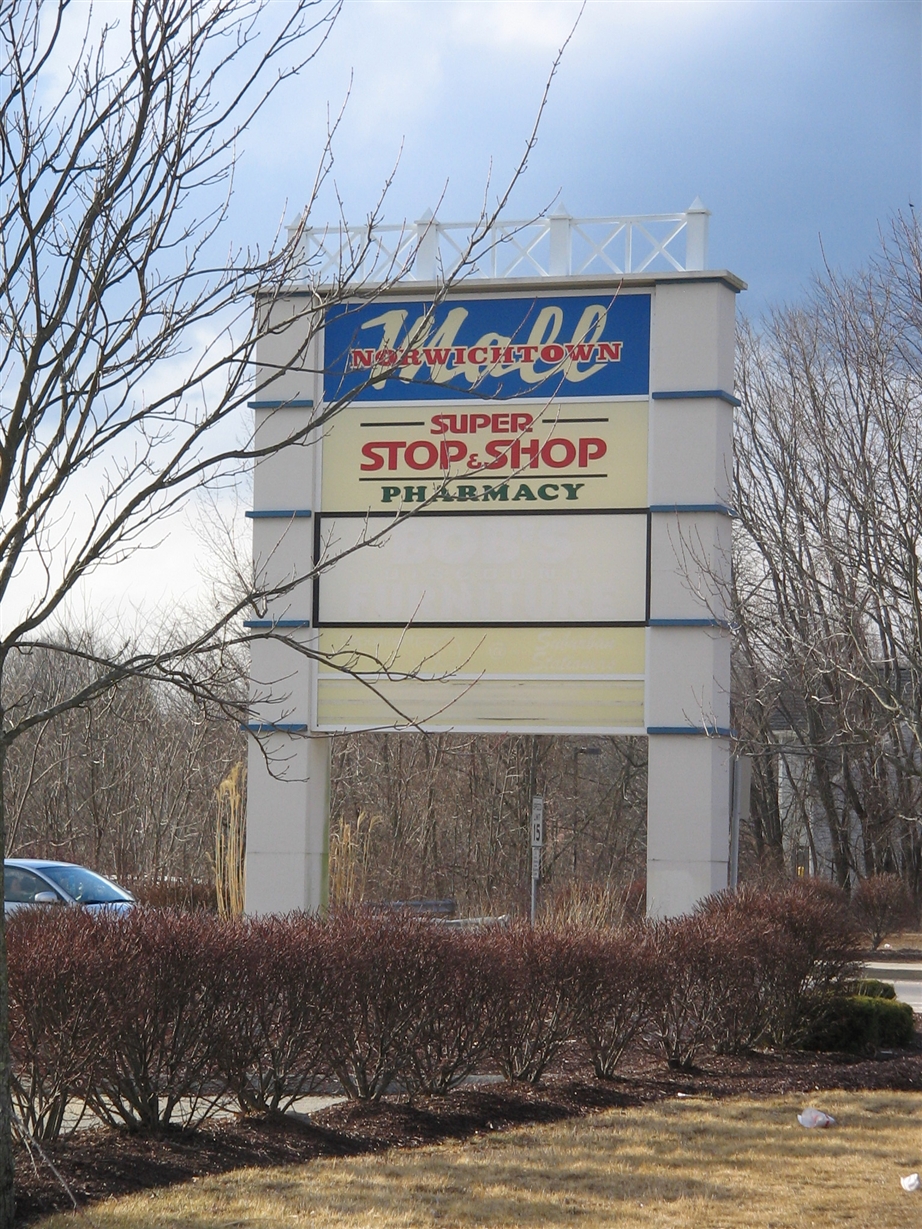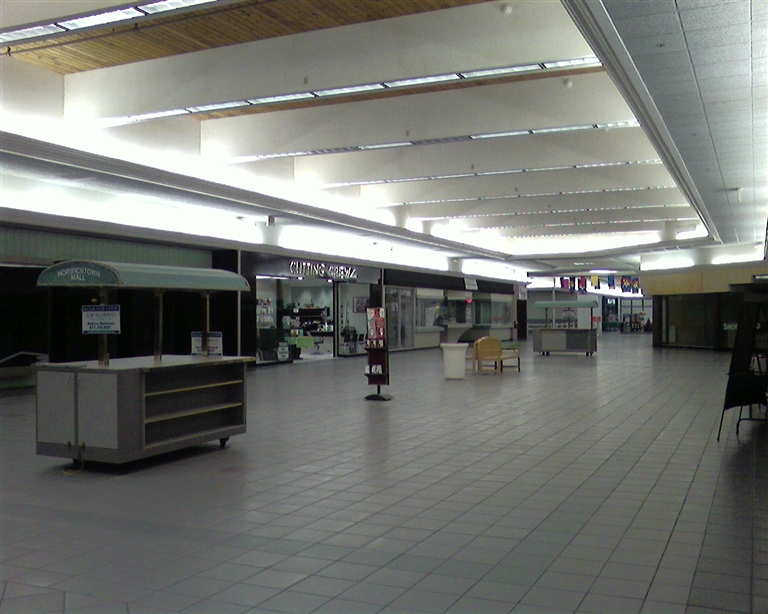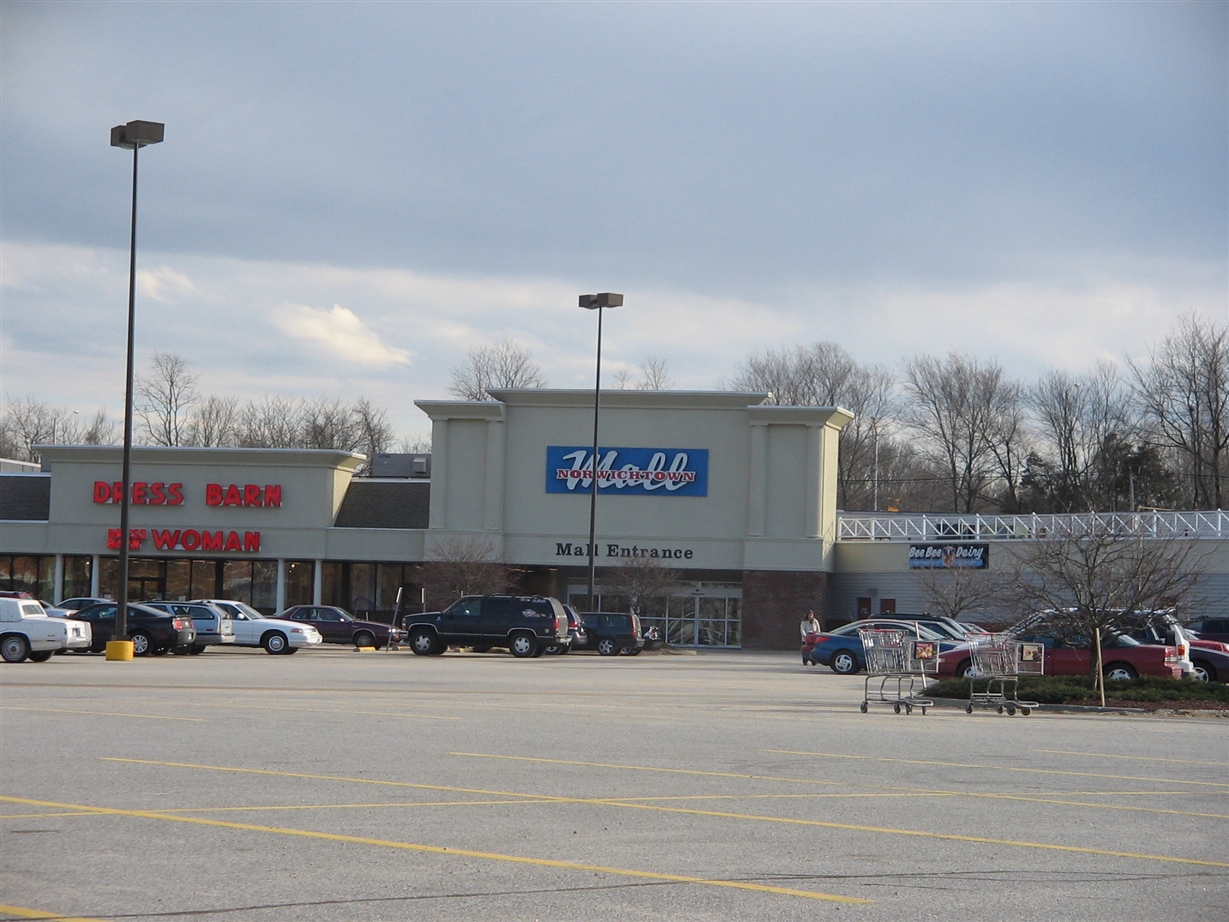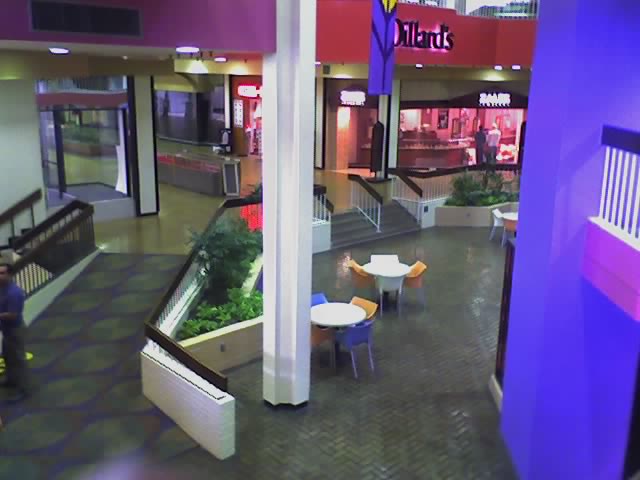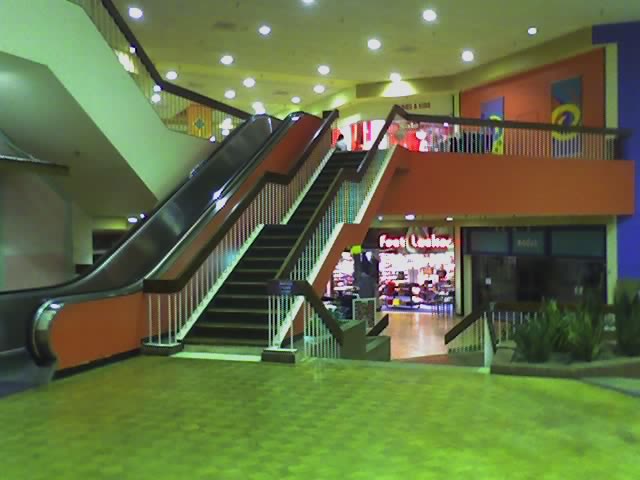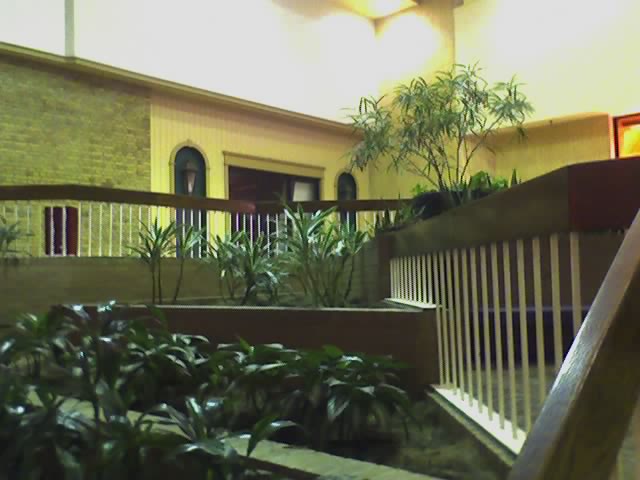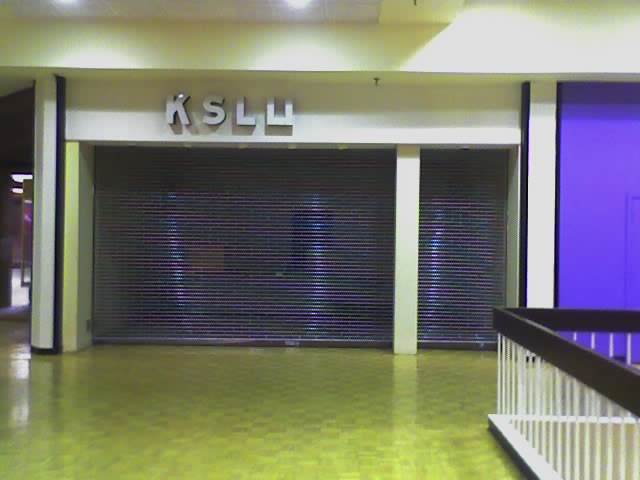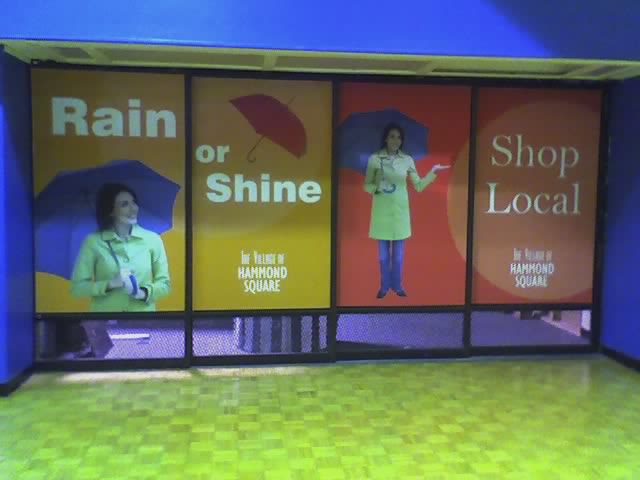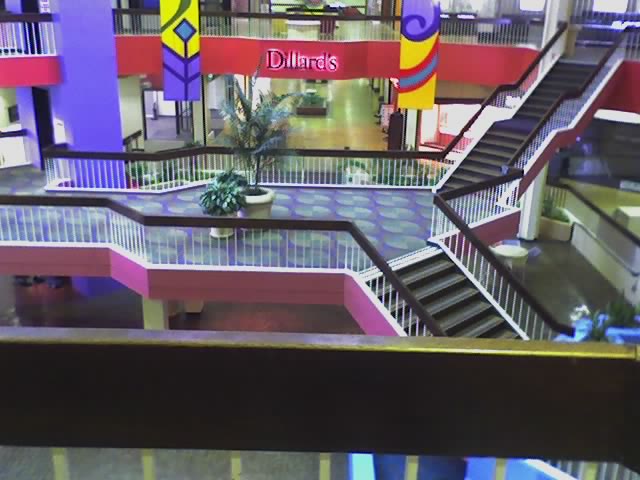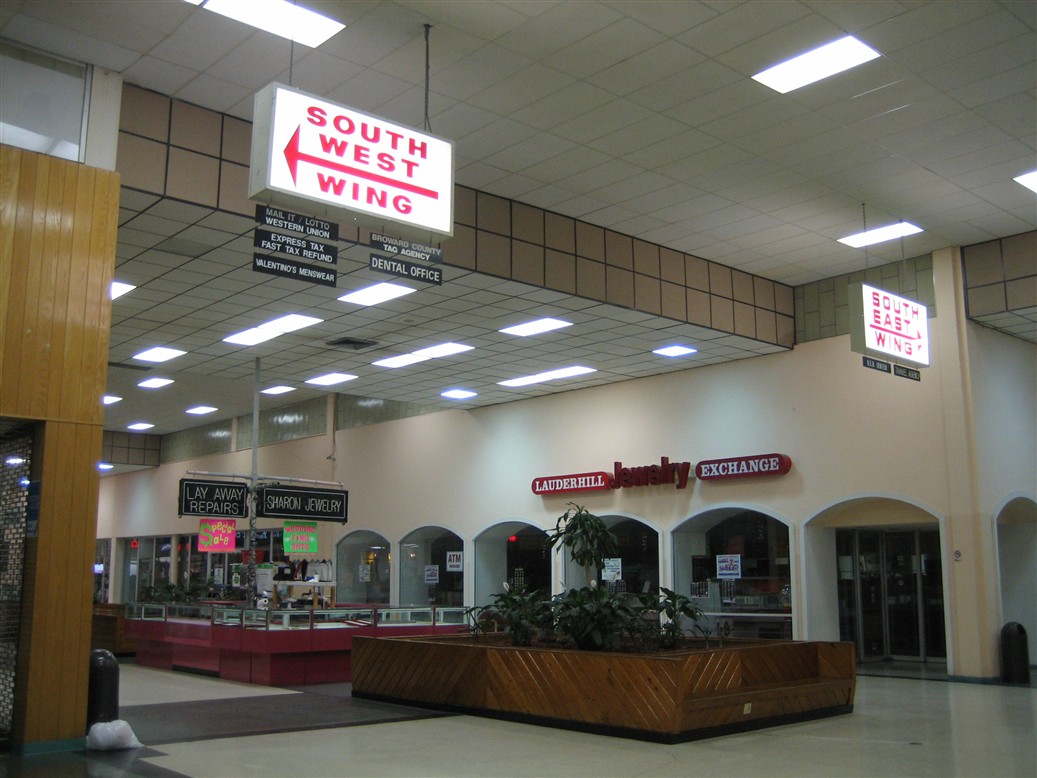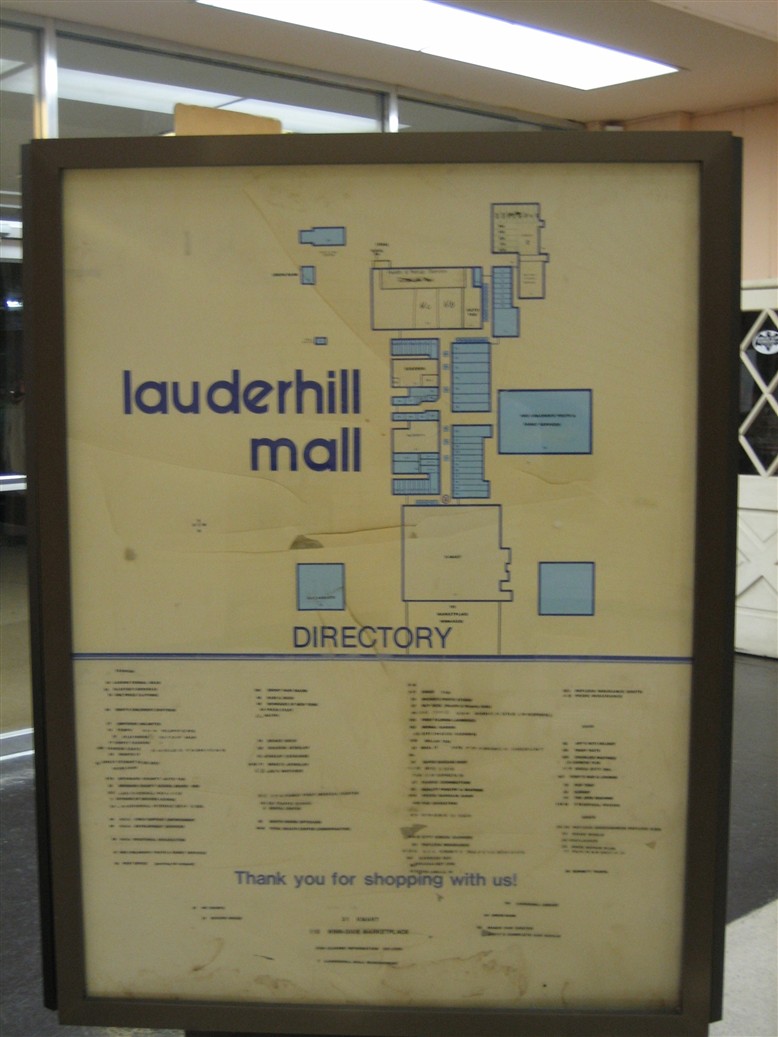Located in the solidly middle class north county suburbs of St. Louis, Northwest Plaza has had a very rich and interesting history. Its ups and downs can be tied to popular trends in retailing, from open air center to enclosed mall; and now, with an uncertain future and new owners, Northwest Plaza is failing again. But why is this? We can point to competition and demographics for some clues as to what happened to Northwest Plaza, the largest mall in the St. Louis metropolitan area.
Northwest Plaza opened in 1963 as an open-air shopping center very close to the airport, along the busy Lindbergh Blvd. (US 67) and also very close to the intersection of I-70 and I-270. It immediately became the largest shopping center in the St. Louis area, and was also the first to feature four anchors: Stix Baer & Fuller, JCPenney, Famous Barr, and Sears. Boyd’s, Walgreens, and Woolworth were junior anchors which also opened with the center, and there is also a 12-story office tower at the south end of the mall. Northwest Plaza soldiered on for two decades as an open-air center, but eventually fell victim to competition. By the mid-1980s, while Northwest Plaza was a twenty-year-old open air mall, other more popular enclosed malls sprung up in the area stealing its thunder. In 1976, a large two-story mall opened in west-suburban Chesterfield. In 1984, the massively popular and upscale St. Louis Galleria opened in centrally located Richmond Heights. And in 1987, a large shiny new center opened along I-70 about 10 miles past Northwest Plaza in St. Peters.
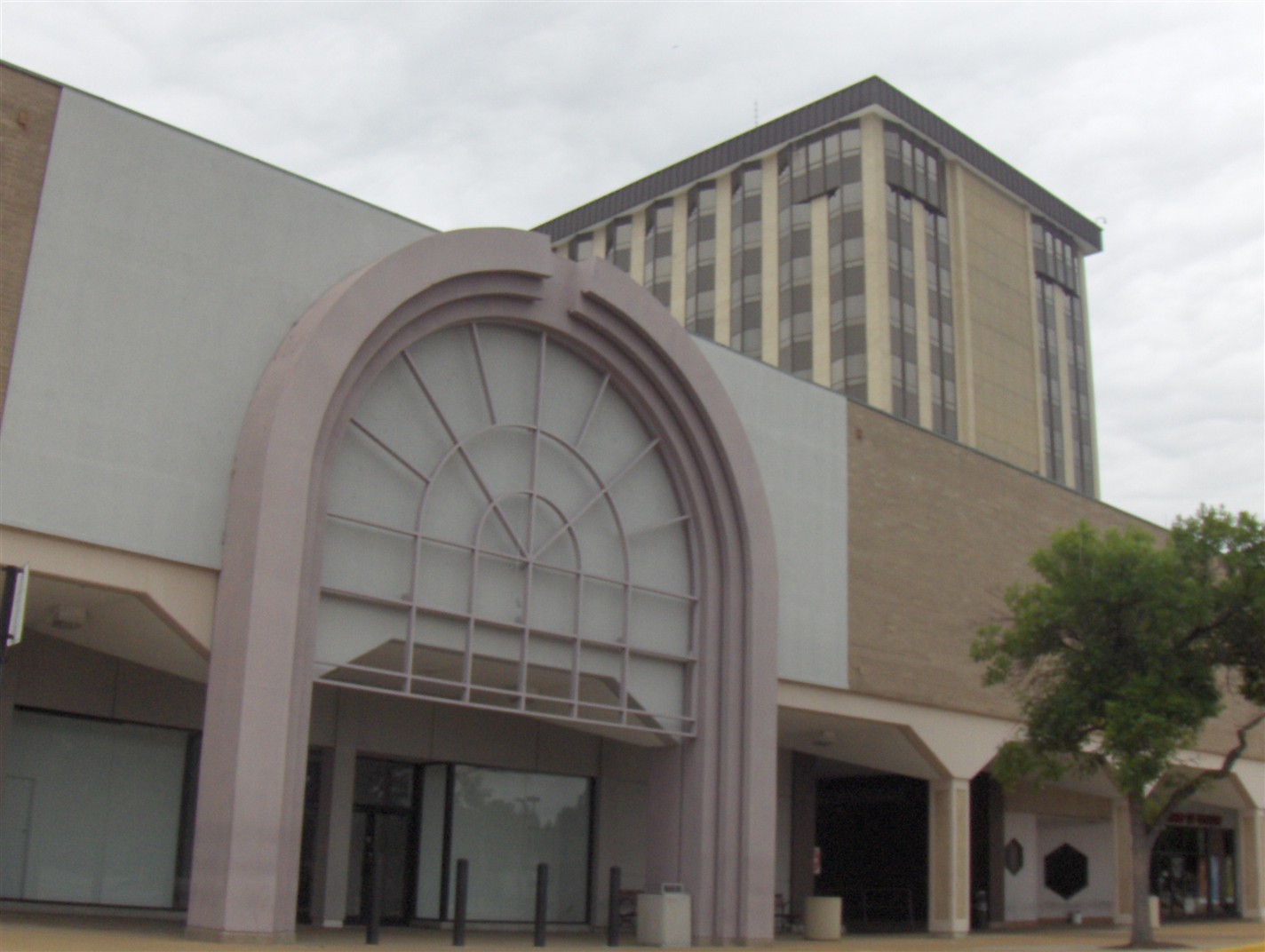 In response to this area competition, Northwest Plaza was sold in 1984 to Paramount Group, who enclosed and expanded the mall in 1989. This expansion added about 200,000 square feet of in-line retail space, as well as a new food court with a new cinema stacked on top of it and a family entertainment center beneath it. The total square footage in Northwest Plaza after the enclosure and expansion was 1.8 million square feet, with 1.2 million square feet in anchor space and 600,000 feet in smaller stores. Kids R Us was added soon after the enclosure, and the large two-level Woolworths closed and was replaced by Phar-Mor and smaller in-line store space. Oshman’s SuperSports USA moved into the former Boyd’s location, but by the mid-1990s both Oshman’s and Phar-Mor had closed and the mall was experiencing more vacancies than ever before. Apparently the 1989 enclosure and expansion had not stood up to the test of competition from other more dominant centers, which surround Northwest Plaza.
In response to this area competition, Northwest Plaza was sold in 1984 to Paramount Group, who enclosed and expanded the mall in 1989. This expansion added about 200,000 square feet of in-line retail space, as well as a new food court with a new cinema stacked on top of it and a family entertainment center beneath it. The total square footage in Northwest Plaza after the enclosure and expansion was 1.8 million square feet, with 1.2 million square feet in anchor space and 600,000 feet in smaller stores. Kids R Us was added soon after the enclosure, and the large two-level Woolworths closed and was replaced by Phar-Mor and smaller in-line store space. Oshman’s SuperSports USA moved into the former Boyd’s location, but by the mid-1990s both Oshman’s and Phar-Mor had closed and the mall was experiencing more vacancies than ever before. Apparently the 1989 enclosure and expansion had not stood up to the test of competition from other more dominant centers, which surround Northwest Plaza.
In 1997 Westfield America purchased Northwest Plaza, adding it to its growing portfolio of malls across the nation. Westfield breathed life into the ailing mall, and under its tenure several national retailers opened in Northwest Plaza, such as Bath and Body Works, American Eagle, Disney Store, and even the Gap which had closed a couple years earlier citing poor sales. Westfield apparently looked into the future and employed tactics widely used today with failing retail relics, breathing life into them by diversifying retail tenants and changing some retail to mixed uses. Westfield touted that the mall’s “layers of convenience” pleased a wide range of shoppers, from the upper class female who shops for designer labels at the department stores to budget-oriented families looking for bargains at Family Dollar. Office Max even opened in the mall, which was one of the first Office Max stores in an enclosed mall. In addition, services such as a Post Office, dry cleaners, and medical offices were available at the mall and its adjoining 12-story office tower. Northwest Plaza enjoyed a great deal of success, bringing occupancy up to a maximum of 96 percent during the late 90s and through the turn of the century.
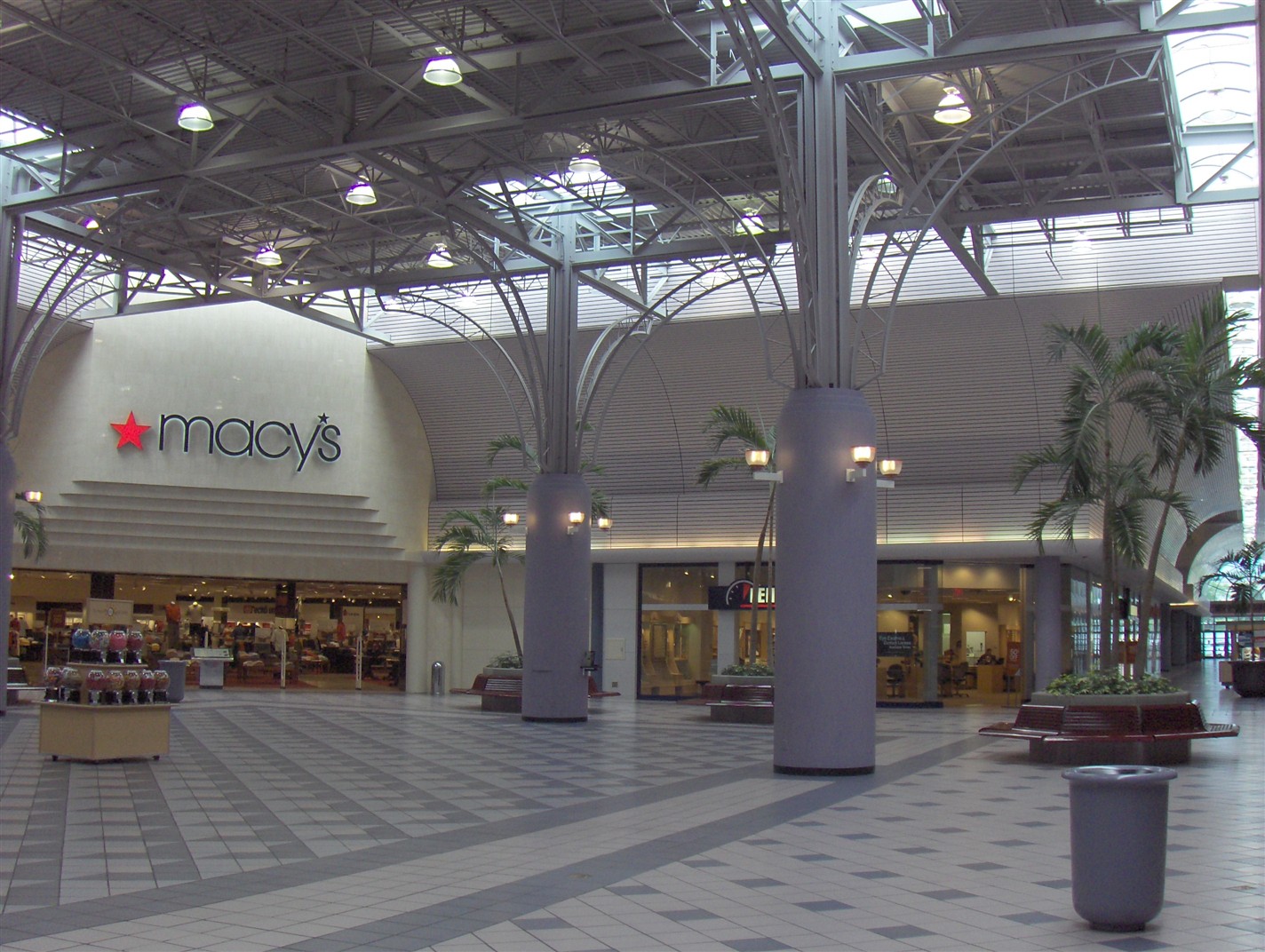 However, Northwest Plaza’s fortunes changed dramatically for the worse beginning around 2002, when everything began to slowly unravel. The slowdown of the economy, ever-increasing competition, and some failed renovation efforts have sent the mall into a downward spiral, and today it is a hulking shell of its former self with an alarming vacancy rate. Despite Westfield’s efforts which sustained and even raised the mall’s clout in the late 1990s, stores began leaving en masse. Several planned renovations failed, including one which was to feature St. Louis’ first Ikea store and certainly would have saved the mall. JCPenney announced they were closing in 2002, vacating 200,000 square feet of space. Also in 2002, West County Center was rebuilt as an upscale enclosed mall just 10 minutes to the south along I-270. Then, in 2003, both Office Max and Burlington Coat Factory closed, the latter jumping ship for the massive St. Louis Mills mall which is about 10 minutes away in Bridgeton and opened the same year. In 2004, the vacancy rate was just over 20 percent, and in 2005 the movie theatre above the food court closed. The lone reprieve to the mall’s spiral of death has been the appearance of Steve & Barry’s University Sportswear, which has moved into vacant retail spaces in enclosed malls across the country. It replaced the vacant JCPenney in 2004, and at the time was the largest store in the chain.
However, Northwest Plaza’s fortunes changed dramatically for the worse beginning around 2002, when everything began to slowly unravel. The slowdown of the economy, ever-increasing competition, and some failed renovation efforts have sent the mall into a downward spiral, and today it is a hulking shell of its former self with an alarming vacancy rate. Despite Westfield’s efforts which sustained and even raised the mall’s clout in the late 1990s, stores began leaving en masse. Several planned renovations failed, including one which was to feature St. Louis’ first Ikea store and certainly would have saved the mall. JCPenney announced they were closing in 2002, vacating 200,000 square feet of space. Also in 2002, West County Center was rebuilt as an upscale enclosed mall just 10 minutes to the south along I-270. Then, in 2003, both Office Max and Burlington Coat Factory closed, the latter jumping ship for the massive St. Louis Mills mall which is about 10 minutes away in Bridgeton and opened the same year. In 2004, the vacancy rate was just over 20 percent, and in 2005 the movie theatre above the food court closed. The lone reprieve to the mall’s spiral of death has been the appearance of Steve & Barry’s University Sportswear, which has moved into vacant retail spaces in enclosed malls across the country. It replaced the vacant JCPenney in 2004, and at the time was the largest store in the chain.
Today, Northwest Plaza is alarmingly vacant. The Gap, American Eagle, Bath and Body Works, and many other in-line stores have jumped ship very recently. Several corridors are completely without stores. The food court, which in 2002 was nearly full, has only three outlets. Westfield realized the mall was a sinking ship and unloaded it in 2006 to Somera Capital Management with General Growth acting as manager. Famous Barr also became Macy’s in 2006. Interestingly, because Westfield owns its own rather generic signage, once the mall was sold all the signage on the outside and inside had to be changed immediately. A sign currently sits at the food court entrance apologizing for how terrible the mall is, and gives a rather vague promise to do something about that. We’ll see.
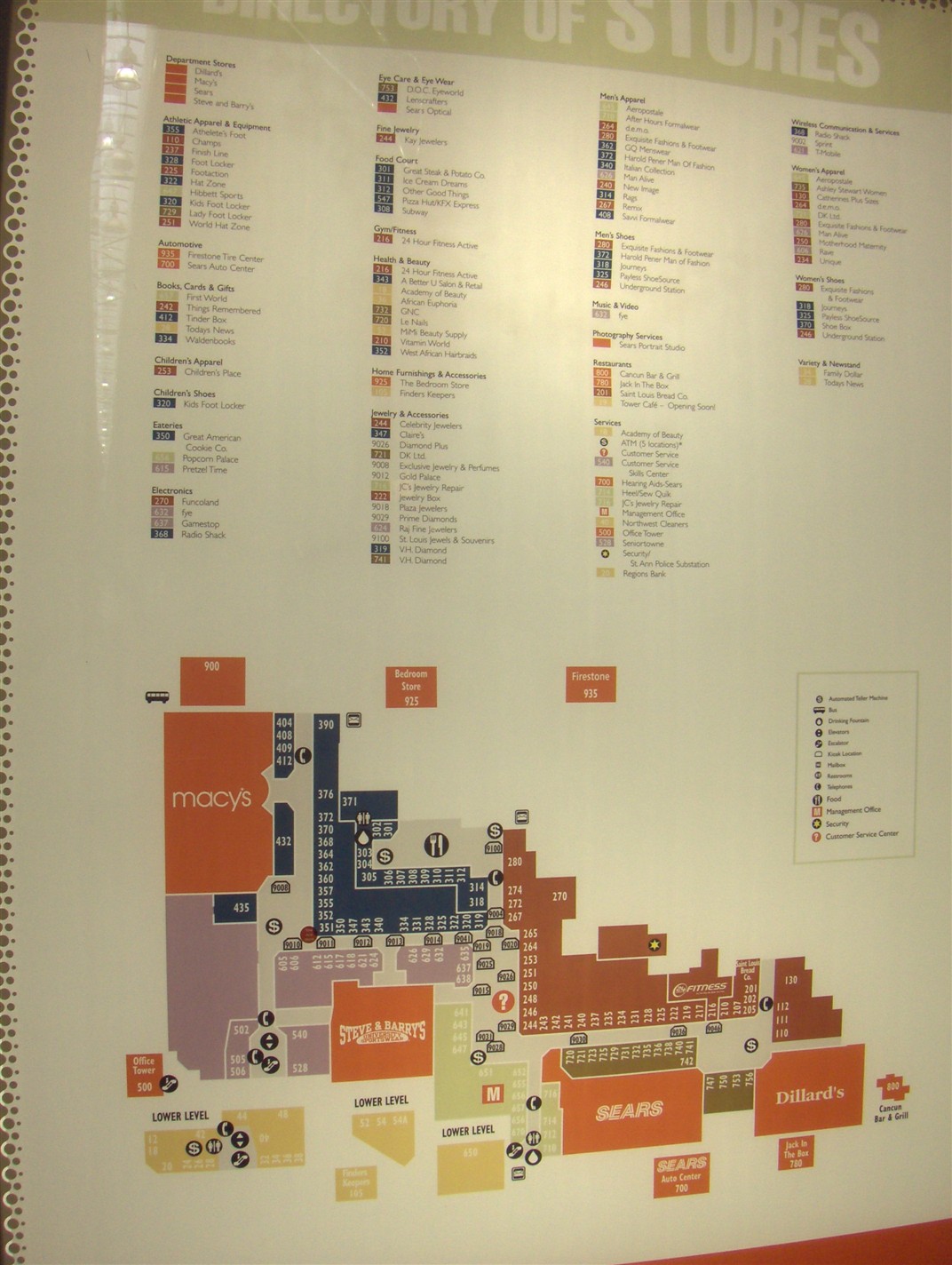 I first visited Northwest Plaza on a family vacation in 1993, which was not long after its enclosure and expansion. The mall did seem new to me, and amazingly impressive. Caldor and I visited the mall together in 1999, and I’ve been back several times since. The decor and layout of Northwest Plaza is five-star amazing, with three separate, gigantic center court areas with VERY tall ceilings and mall corridors zig-zagging between them, and also long side-hallways with many more stores. The office tower and south end of the mall also has several stores such as Family Dollar that appear to be mostly predicated on outside access, and the food court featured a sunken entertainment area featuring a Tilt! Family Entertainment Center, which has also since closed. The food court also had large windows which faced out on this sunken area, and several sit-down restaurants also lined the sunken area with outside seating. These have all closed, save for a St. Louis Bread Company which should look familiar to most of you since it is really just Panera Bread in disguise. Finally, here’s what it looks like from space.
I first visited Northwest Plaza on a family vacation in 1993, which was not long after its enclosure and expansion. The mall did seem new to me, and amazingly impressive. Caldor and I visited the mall together in 1999, and I’ve been back several times since. The decor and layout of Northwest Plaza is five-star amazing, with three separate, gigantic center court areas with VERY tall ceilings and mall corridors zig-zagging between them, and also long side-hallways with many more stores. The office tower and south end of the mall also has several stores such as Family Dollar that appear to be mostly predicated on outside access, and the food court featured a sunken entertainment area featuring a Tilt! Family Entertainment Center, which has also since closed. The food court also had large windows which faced out on this sunken area, and several sit-down restaurants also lined the sunken area with outside seating. These have all closed, save for a St. Louis Bread Company which should look familiar to most of you since it is really just Panera Bread in disguise. Finally, here’s what it looks like from space.
It seems Northwest Plaza has fallen victim to other modern successful malls with staying power like Mid Rivers Mall, Chesterfield Mall and St. Louis Galleria, and also extensively renovated malls like West County Center. In addition, the solidly blue collar demographics of the immediate area have not helped it position itself with upscale stores, as the upscale areas around the mall probably shop at West County, the Galleria, or even Plaza Frontenac which is not far away. Those in St. Charles and St. Charles County, which is just a few minutes from Northwest Plaza, definitely shop at Mid Rivers and the massive strip of boxes around it, and ignore this older area around the airport. Despite the 1989 enclosure and expansion, and being the largest mall in Missouri, Northwest Plaza will have to reposition itself even further in the future to remain viable at all.
Here are some pictures from January 2002 when the mall was at the end of its period of Westfield success:
Pictures from June 2007 with many vacancies and new exterior signage:
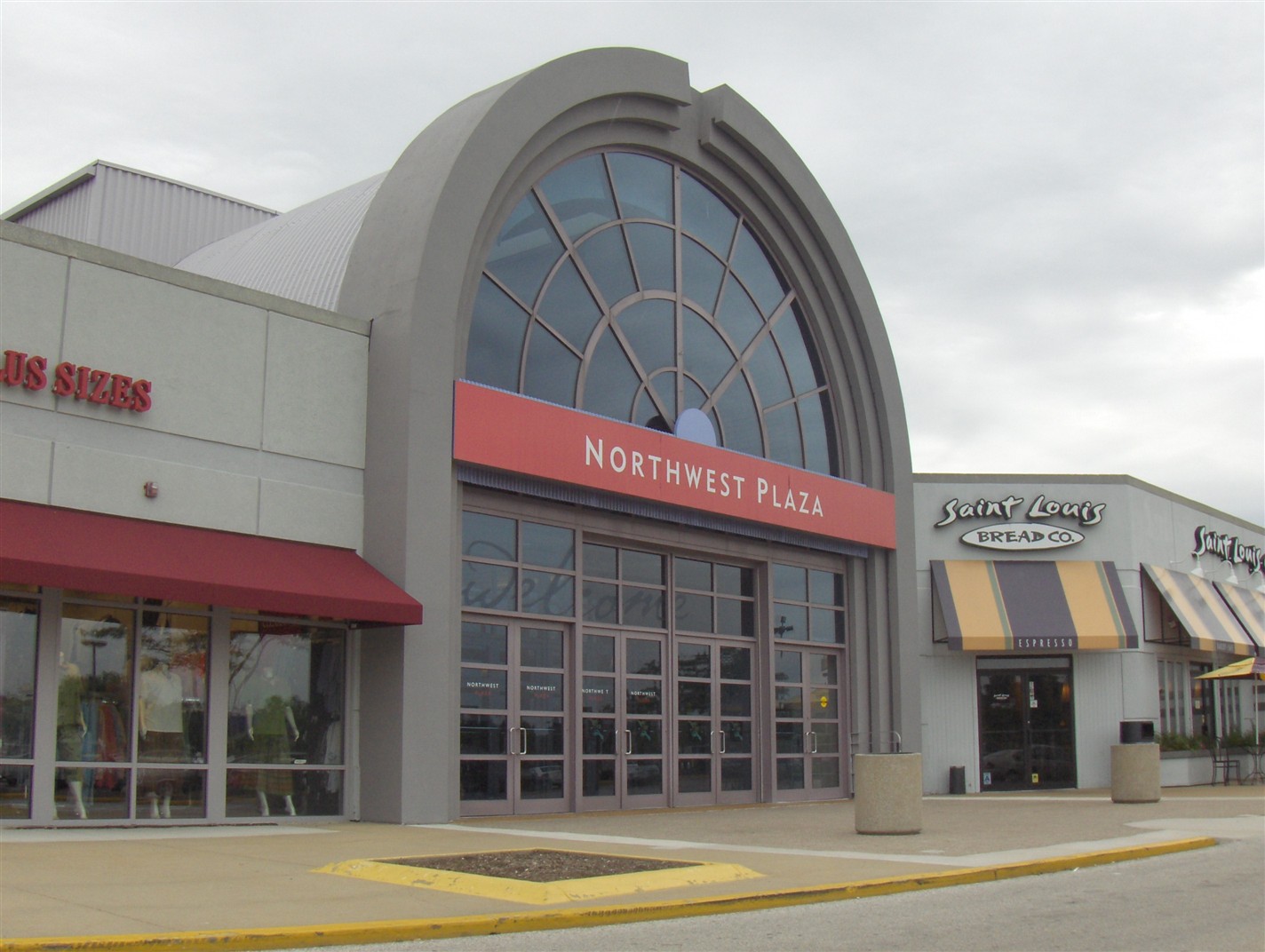




















































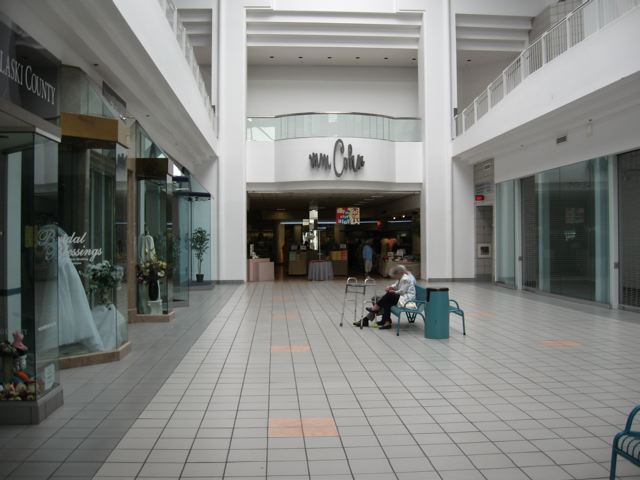
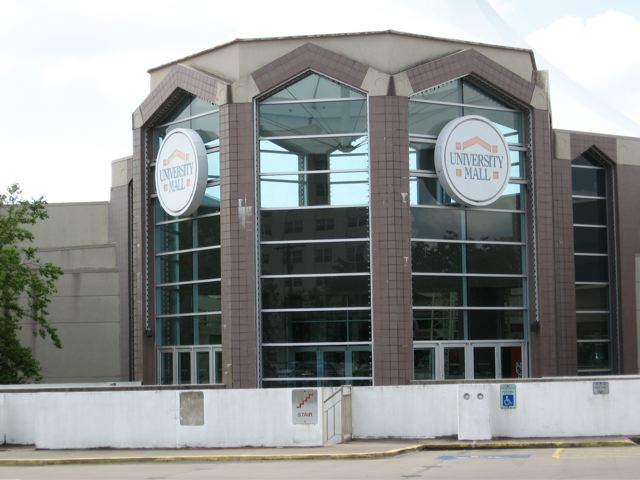















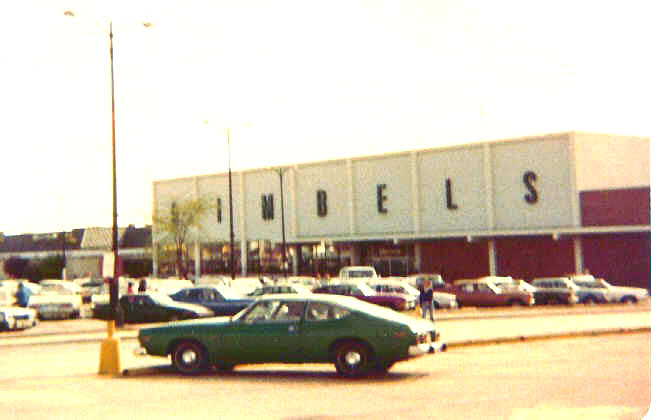
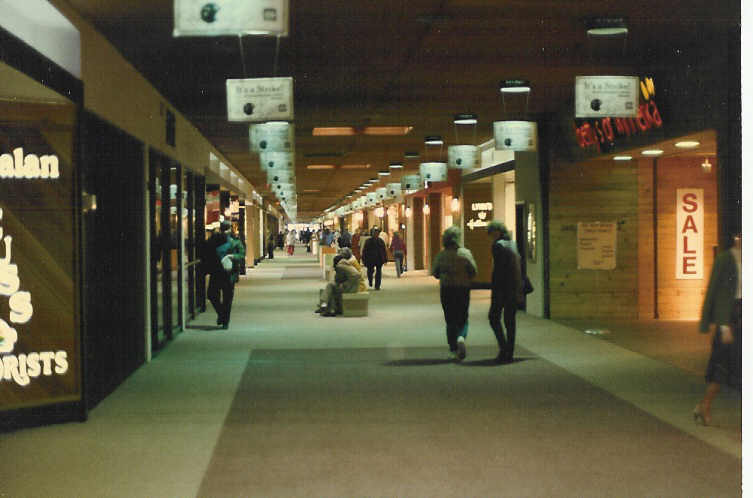
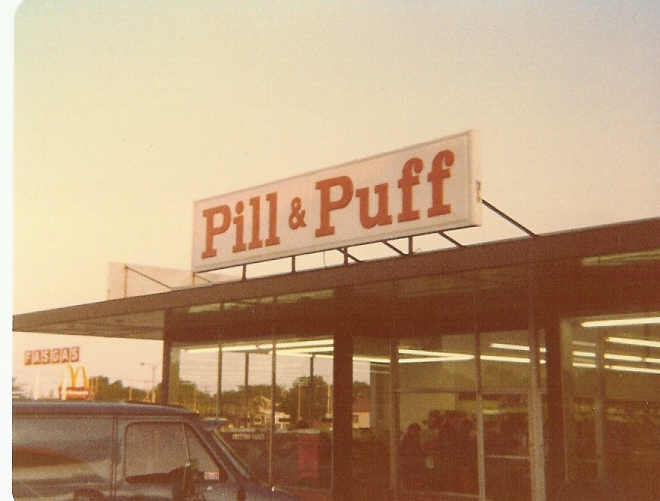 Southridge Mall
Southridge Mall







